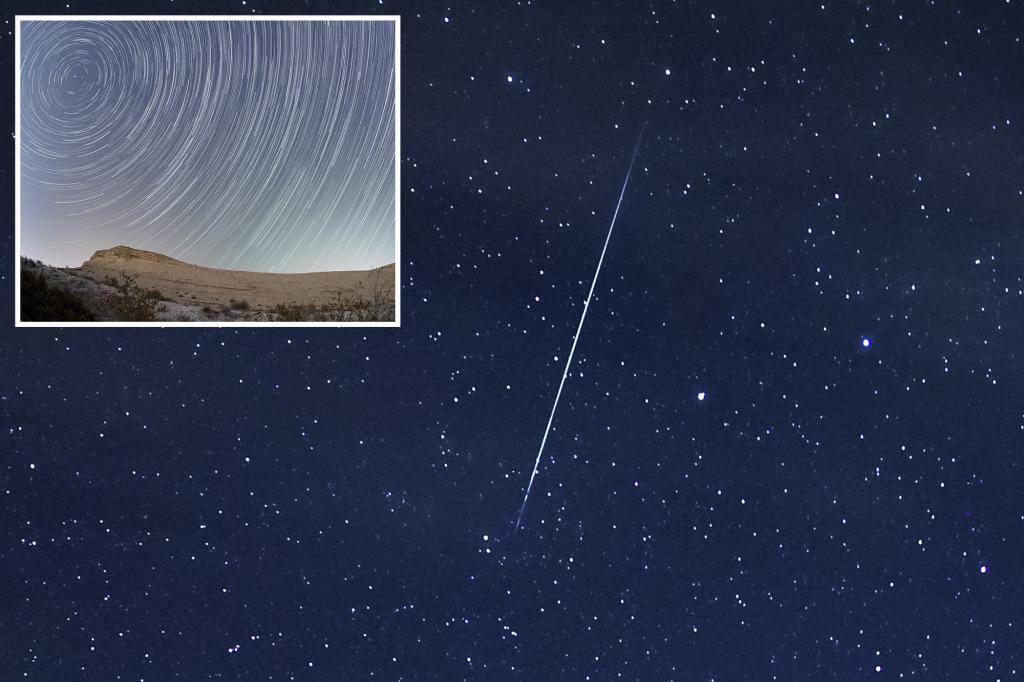In 2025, the Quadrantid meteor shower is set to peak overnight from Thursday to Friday. This annual meteor shower is known for producing bright “fireballs” and up to 120 shooting stars per hour, making it one of the most dazzling meteor showers of the year. The Quadrantids are also known for their bright fireball meteors, larger explosions of light and color that can be seen longer than an average meteor streak, making them a particularly intense event to witness.
While the Quadrantid meteor shower typically occurs around the same time each year, various conditions such as moonlight, poor weather outlooks, and the limited six-hour window to observe the showers may hinder observers from experiencing this celestial spectacle. However, the moon is expected to be at a favorable 11% full this Friday, creating a dim sky perfect for viewing shooting stars. Those looking to witness the meteor shower may see between 110 and 120 meteors every hour, as long as they look up at the sky during the shower’s six-hour window between Thursday and Friday.
New Yorkers and those in the northern hemisphere may have the best chances of viewing the Quadrantid meteor shower. The peak viewing time is expected to be around 12:45 a.m. EST on Friday, and observers in the northern hemisphere may be able to see the radiant point of the Quadrantids, where the meteors appear to originate in the sky, just below the Big Dipper, between the constellations of Boötes and Draco. The Quadrantids will be visible until January 16, 2025, providing ample time for stargazers to enjoy this spectacular event.
Following the Quadrantids, the next significant meteor shower to look forward to is the Lyrids, which is set to begin on April 15 and last until April 30, with the peak expected on the night of April 21-22. This meteor shower, like the Quadrantids, is known for its impressive display of shooting stars and is another annual event that astronomy enthusiasts should mark on their calendars to witness. Overall, 2025 is shaping up to be an exciting year for meteor showers, with these celestial events providing awe-inspiring opportunities to marvel at the wonders of the universe.


